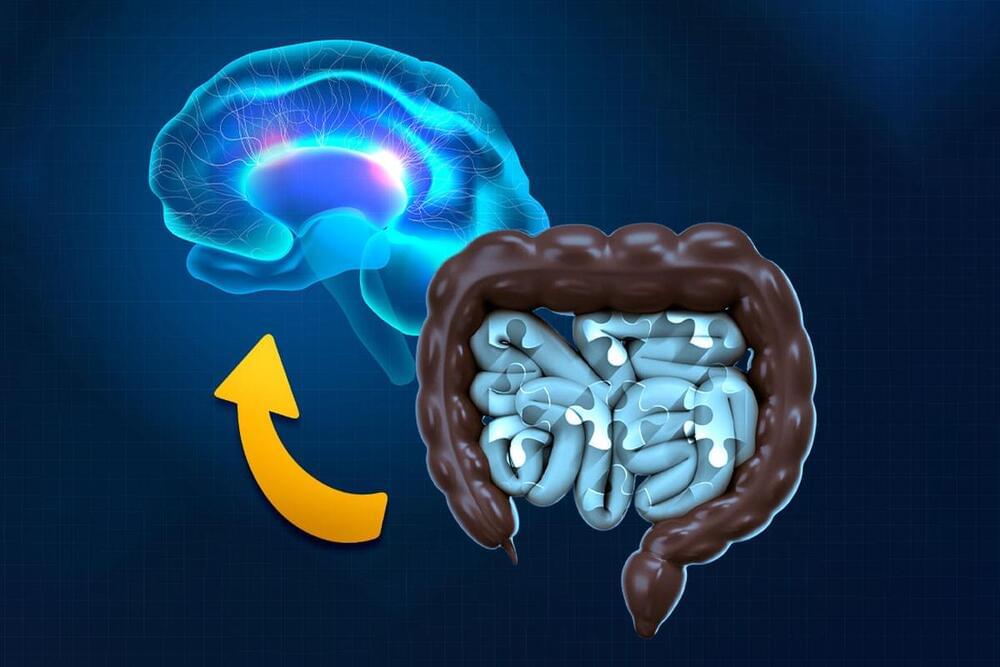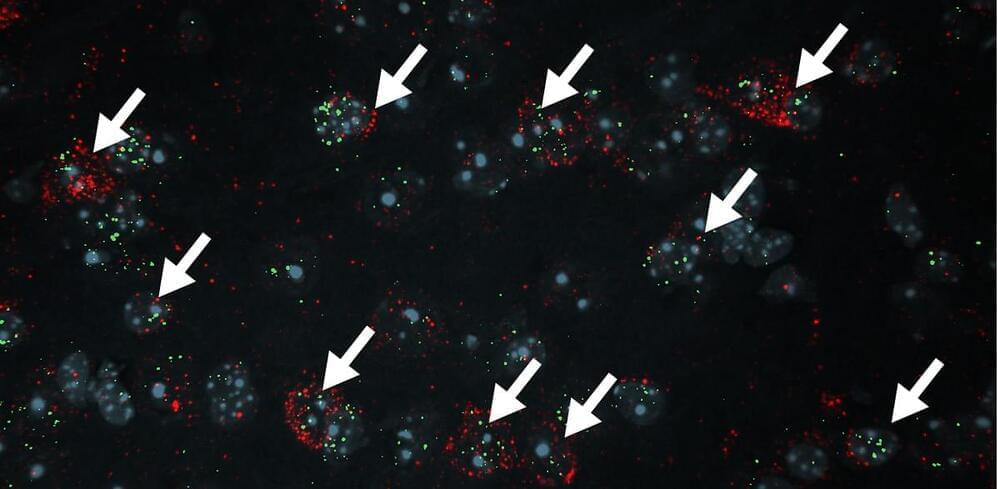Jul 12, 2023
Photophysical oxidation plays newly discovered role in atmospheric chemistry
Posted by Genevieve Klien in category: chemistry
A newly discovered pathway for formaldehyde oxidation could be an important general mechanism in tropospheric chemistry. In the new route, absorption of sunlight allows organic molecules to react with atmospheric oxygen in a reaction that had not previously been observed. According to the researchers behind the findings, many compounds in the atmosphere are likely to undergo this process, particularly at low altitudes.
‘We discovered a new way molecules in the atmosphere can react,’ says Scott Kable at the University of New South Wales in Australia. He explains that in this process – called photophysical oxidation (PPO) – a molecule absorbs sunlight and before it breaks into fragments, it reacts with atmospheric oxygen to produce free radicals. In the common photochemical oxidation (PCO) reaction, which has been known for several decades, the molecules are first split by sunlight and then the fragments react with oxygen. ‘Importantly, the free radical fragments formed in the first step of PCO can be measured separately in the atmosphere or a lab,’ points out Kable.
The team demonstrated the PPO mechanism using formaldehyde as a model system. Meredith Jordan from the University of Sydney mentions that many organic compounds released to the environment turn into formaldehyde on their way to being oxidised to carbon dioxide. ‘But most importantly for our research, the spectroscopy and photochemistry of this compound are very well understood,’ she says. ‘Without this detailed pre-existing knowledge, we wouldn’t have been able to find the evidence of PPO.’


















